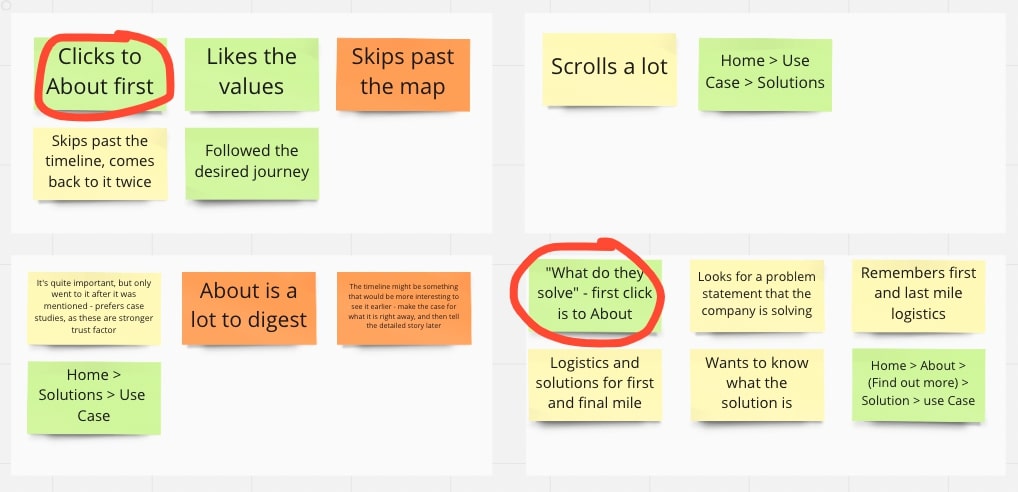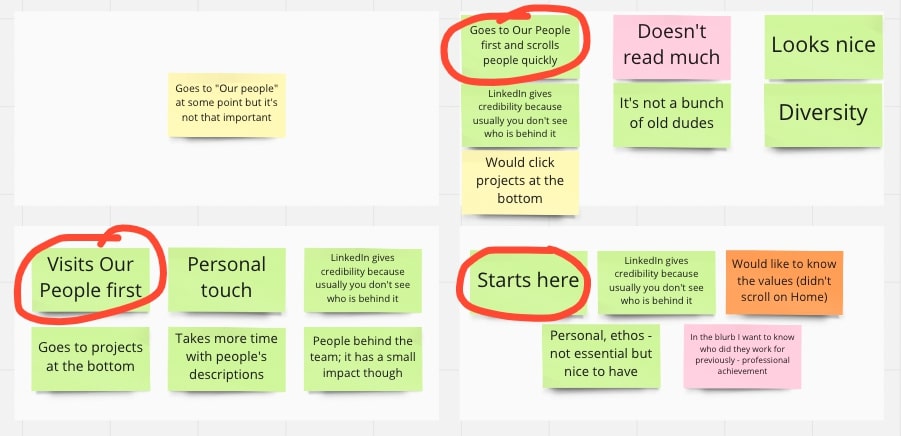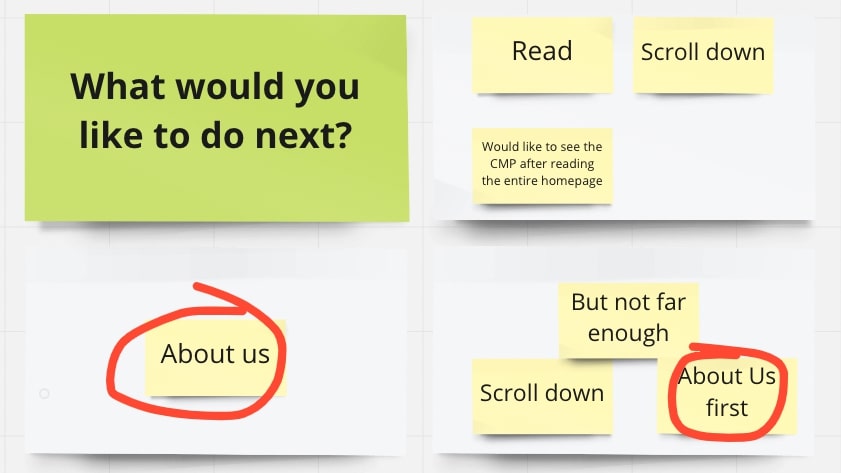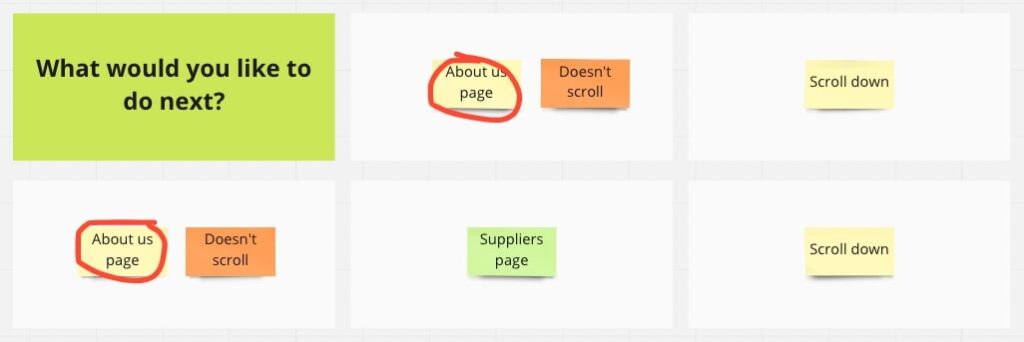How to write an About page for a website
Facilitating dozens of moderated user tests showed that most people go to the "About" page right away. We test website prototypes with people looking for services and corporate websites. If your company falls into one of those categories, here’s what people want to see on your "About" page. Written by Dawid ZimnyYou won’t write a good About page by looking at others
I think this is an important disclaimer to make.
This is not another of “The XX greatest About pages EVER!!!” articles.
You won’t find a template attached at the end. You are unique. Your business is unique. It doesn’t fit within any single “template”, and no other examples can match it.
“But what if I just want some layout inspiration?” In that case, read why a content-first approach is crucial for a website. Then come back to this article and continue reading.
Why visitors need the About page on your website
I’m not going to pretend that we’re reinventing the wheel here.
The purpose of your “About” page is to build trust with your visitors.
It’s not a surprise that someone new to your brand wants to go there right away. Contrary to what many people say, a good product doesn’t sell itself. Have you ever thought about why there are so many subcontractors? It’s because executing ideas is easy, but most of them fail to strategise and market themselves.
There’s still a lot of responsibility on you as a business to build trust with website visitors. Red-hot leads who are ready to purchase right away are rare.
How to write an About page
In no particular order, here are the things people love to see on your “About” page.
Showcase your team
Nothing is better than putting a face to the name. Or in this case, to the brand. It creates a personal connection but doesn’t end there.
This gives people a chance to verify the bold claims about your company. You can do it without household names on your team. The work experience of your colleagues will speak volumes.
Bonus points if you can include non-corporate details that neatly translate into your values.
Commitment can be having a season ticket for your favourite football team, or being fluent in six languages. Get creative!
Talk about your history
People want to know that you’ve “been there, done that”. Try to focus on meaningful milestones, rather than the date you moved into a new office. This can signify growth, but most people won’t care.
Try to apply the WIIFM filter. WIIFM stands for Radio What’s In It For Me.
What’s in your history that benefits your visitors?
What happened in our past that could build trust?
The answers will come naturally, and there isn’t a universal solution. In some industries talking about awards will be a hit, and for others, it will be just a waste of space. A SaaS company might have a hard time building trust with a niche award, but if you’re a public speaker, this would work great.
The unpretentious guide to writing website copy
Are you under the impression that your story is great, but people still don’t engage with it online? There’s a chance you need to change the way you write copy for the Web.
Discover the rules of writing website copyProve your values
You might’ve done that already by talking about your people and the history of your company. Great job!
But if not, people won’t care about a list of values. I could’ve started this article by asking you to trust me. Would you do it? I doubt that.
Instead, I put the money when my mouth is. You have proof that the topic is dear to my heart and based on actual experiences. By the way, if I didn’t get your buy-in with the examples at the start, let me know in the comments and I can match them against specific projects for you via email.
You need to do the same on your “About” page. And feel free to link to the proof! If you have an amazing project that backs up your claims, or if there’s a video testimonial from a client – use them.
Use videos and imagery carefully
This is probably the most basic tip from the bunch. You’ll find it everywhere, but I want you to go easy on it. Performance can be a killer for every page and overloading people with dozens of images and an hour of video footage will have a negative effect.
The About page is not an SEO page
It’s infuriating when people try to rank an “About” page. If it wasn’t for Google’s site links, I would recommend hiding the “About” page from search engines.
Let me put it that way: people visiting your “About” page are on the interest/desire stages of the funnel. If you’re not familiar with AIDA, the stages are:
- Awareness
- Interest
- Desire
- Action
You’re not trying to raise awareness with that page. These people already know you. Treat it as a middle-of-the-funnel page.
The Call to Action of an About page
But keep the above in mind and don’t go too far! This is not your sales cue just yet.
If you’ve looked into the user feedback from our past projects, you might already have a few ideas.
In some prototypes, we send people to the project portfolio. For others, we might introduce them to the solutions.
But it’s never “buy now” or “get in touch”.
5 website CTA tipsTop 8 things to include on an About page
In no particular order, here are the most popular questions asked about companies during our user tests.
- What is the company size? Show it.
- What is the experience of your team members? What have they personally achieved?
- By extension, what is your experience as a team?
- What makes this business unique?
- Is your team diverse?
- What is the problem statement that your company solves? Tell me about the mission.
- How did the company get to this place?
- Are there any investors behind the company?
Here’s everything you need to start writing
“How To Write Your Website Content” is a 92-page ebook that aims to help you hit the ground running. We’ve compiled our 20+ years of content and copywriting experience and included our bespoke Website Messaging Workshop framework as a bonus.
Get our courseOriginally published Feb 16, 2023 2:52:54 PM, updated May 8 2024.








Join the conversation
Looking to share your feedback and join in on the conversation?